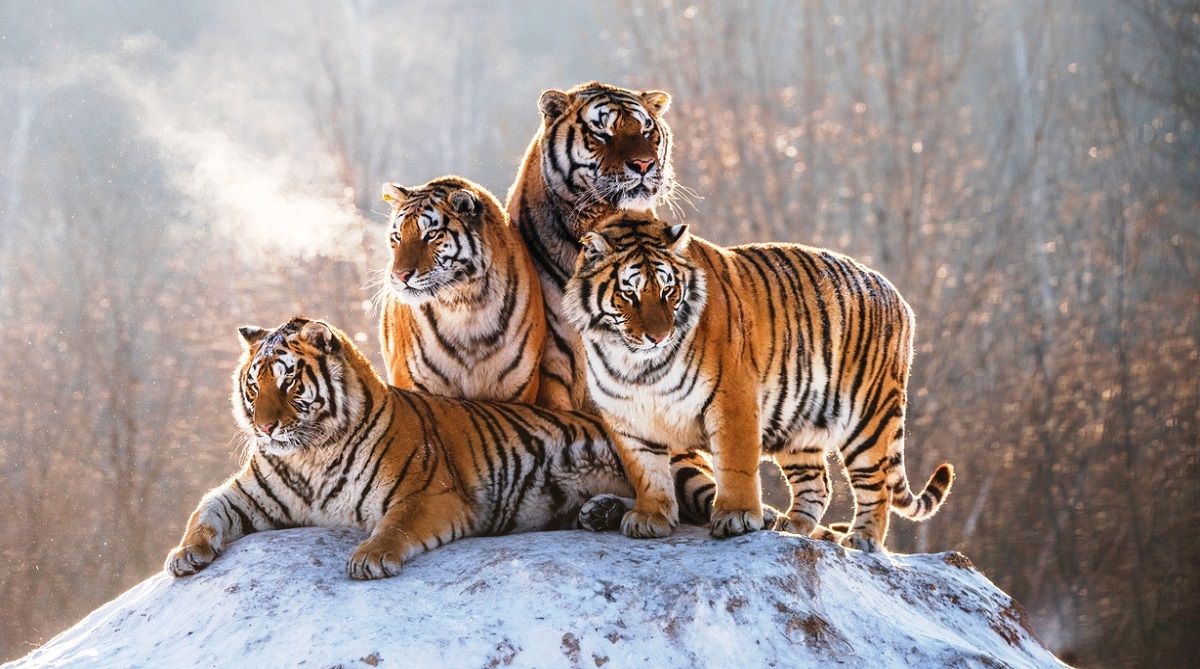Crimes against women decline in UP
It is worth mentioning that the Chief Minister is trying to ensure that the culprits in cases of crime against women get strict legal punishment on time.

(Photo: iStock)
World Wildlife Fund’s Living Planet Report 2020 reveals 68% decline in wildlife population on average in less than 50 years from 1970-2016.
The 164-page report, released today, presents a comprehensive overview of the state of the natural world through the Living Planet Index (LPI), which tracks trends in global wildlife abundance with contributions from more than 125 experts from around the world.
It says the average two-thirds decline in global populations of mammals, birds, amphibians, reptiles and fish in less than 50 years in large parts is due to the same environmental destruction, which is contributing to emergence of zoonotic diseases such as Covid-19.
Advertisement
The LPI shows that factors believed to increase the planet’s vulnerability to pandemics, including land-use change and the use and trade of wildlife, were some of the drivers behind the decrease in global vertebrate species populations.
The report, compiled every two years as a comprehensive study of trends in global biodiversity and the health of the planet, takes into account that 75 per cent of earth’s ice-free land has been significantly altered, most of the oceans polluted and over 85 per cent area of wetlands lost ~ all due to human activity. Also one in five plants is threatened with extinction.
“The Living Planet Report 2020 indicates how humanity’s increasing destruction of nature is having catastrophic impacts on wildlife populations and also on human health and all aspects of our lives,”said Marco Lambertini, director general, WWF International.
“We can’t ignore the evidence. These serious declines in wildlife populations are an indicator that nature is unravelling and that our planet is flashing red warning signs of systems failure. From the fish in our oceans and rivers to bees, which play a crucial role in our agricultural production, the decline of wildlife directly affects nutrition, food security and the livelihoods of billions of people,” he added.
He said in the midst of a global pandemic, it is now more important than ever to take unprecedented and coordinated global action to halt and start to reverse the loss of biodiversity and wildlife populations across the globe by the decade-end, and protect future health and livelihoods. “Our own survival increasingly depends on it,” he said.
The LPI, which tracked almost 21,000 populations of more than 4,000 vertebrate species between 1970 and 2016, also shows that wildlife populations found in freshwater habitats have suffered a decline of 84 per cent.
Based on a research paper, ‘Bending the curve of terrestrial biodiversity needs an integrated strategy,’ which is co-authored by WWF and over 40 NGOs and academic institutions and is published in Nature, the LPR 2020 also includes a pioneering modelling.
It suggests that some transformational changes need to be made to reverse the phenomenon. These changes include making food production and trade more efficient and ecologically sustainable, reducing waste, and favouring healthier and more environmentally friendly diets.
Secretary general and CEO, WWF India, Ravi Singh says the report also reiterates a scientific case for the urgent action needed to protect and restore nature and biodiversity.
Advertisement